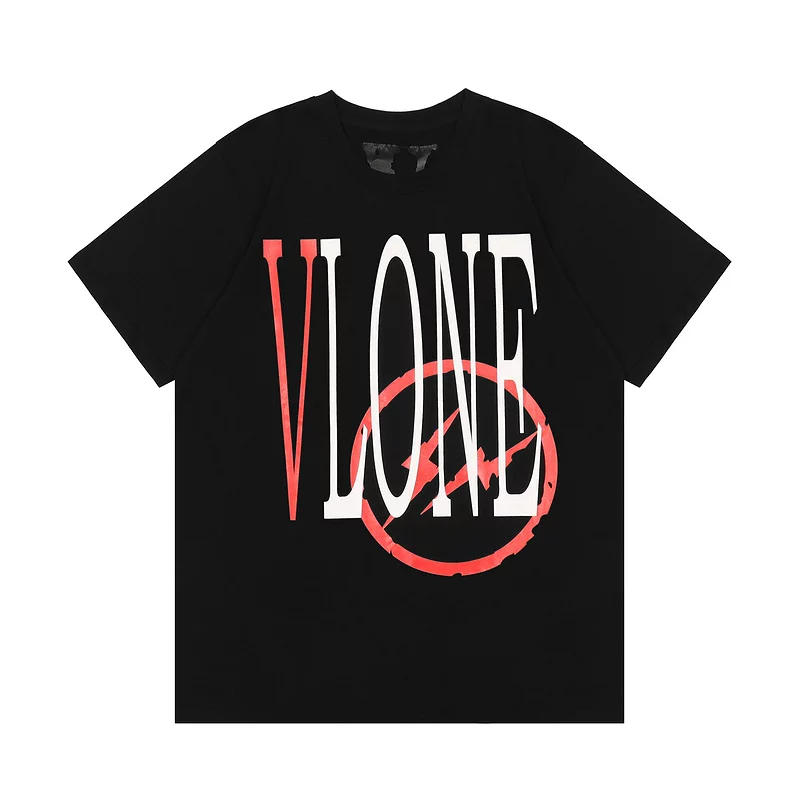
Pet ownership is a fulfilling experience that brings joy and companionship to countless households. As responsible pet parents, it’s crucial to consider our furry friends’ well-being. One essential aspect of their care is health protection. Pet Insurance has become integral to responsible pet ownership, offering financial security in the face of unexpected veterinary expenses. However, with many plans available, choosing the right pet insurance can take time and effort. This comprehensive guide will walk you through selecting tailored coverage that suits your pet’s unique needs.
Understanding pet insurance:
Before delving into the specifics of choosing the right plan, it’s essential to grasp the fundamentals of pet insurance. Unlike human health insurance, pet insurance typically operates on a reimbursement model. Pet parents pay for veterinary services upfront and then submit a claim to the insurance provider for reimbursement. The coverage varies widely, including accidents, illnesses, preventative care, and even hereditary conditions.
Assess Your Pet’s Needs:
The first step in selecting the right pet insurance plan is assessing your pet’s needs. Consider factors such as age, breed, pre-existing conditions, and lifestyle. For instance, a senior cat may require coverage for age-related diseases. At the same time, an active dog may benefit from a plan that includes coverage for accidents or injuries incurred during outdoor activities.
Types of coverage:
Pet insurance plans come in various types, each offering a different level of coverage. Understanding these types will help you make an informed decision.
Accident-Only Coverage:
This plan covers injuries from accidents, such as broken bones or ingested foreign objects. It’s a budget-friendly option but it does not cover illnesses.
Illness-Only Coverage:
As the name suggests, this plan covers veterinary expenses related to illnesses but excludes accidents. It’s suitable for pets who are less prone to accidents but may develop health issues.
Comprehensive coverage:
This is the most inclusive plan, covering both accidents and illnesses. It often includes coverage for preventative care, vaccinations, and routine check-ups. While more expensive, it provides comprehensive protection for your pet.
Consideration of Exclusions and Limitations:
When reviewing potential pet insurance plans, carefully examining the exclusions and limitations is crucial. Common exclusions may include pre-existing conditions, hereditary diseases, and certain breeds live world fashion. Additionally, some programs may have annual or lifetime payout limits, which can impact the overall value of coverage.
Comparing insurance providers:
Not all pet insurance providers are created equal. Take the time to compare different companies based on factors such as:
Reputation:
Look for reviews and testimonials from other pet owners to gauge the insurance provider’s reputation.
Coverage Options:
Ensure that the provider offers the specific coverage your pet needs.
Claim Process:
A streamlined and transparent claims process is crucial for a positive experience.
Customer Service:
Choose a provider with excellent customer service to promptly address any concerns or questions.
Cost considerations:
While cost should not be the sole determining factor, it is undoubtedly a critical consideration. Compare premiums, deductibles, and reimbursement percentages across different plans. Remember, a higher premium might be justified by better coverage or lower out-of-pocket expenses in the long run.
Flexibility and customization:
The ideal pet insurance plan should be flexible and allow customization to meet your pet’s unique needs. Some providers offer add-ons or riders that can be included in your policy for additional coverage. Customization ensures you are not paying for coverage your pet doesn’t need while addressing specific risks.
Reviewing Policy Terms and Conditions:
Before finalizing your decision, carefully read and understand the terms and conditions of the policy. Pay attention to waiting periods, coverage limits, and any additional fees. This step is crucial to avoid surprises when filing a claim.
Routine and Preventive Care Coverage:
Consider whether you want coverage for routine and preventative care, such as vaccinations, dental cleanings, and wellness exams. While not all plans include these services, they can contribute to your pet’s overall health and longevity.
Conclusion:
Choosing the right pet insurance plan requires careful consideration of your pet’s unique needs, a thorough understanding of policy types, and comparing providers. By investing time in research and thoughtful evaluation, you can secure tailored coverage that provides peace of mind and the best care for your beloved pet. Remember, the right insurance plan is essential to being a responsible and caring pet parent.






